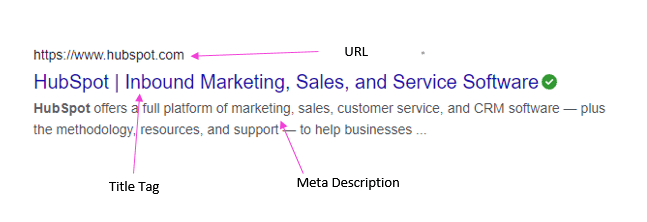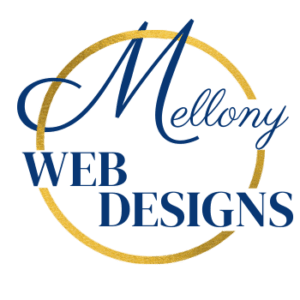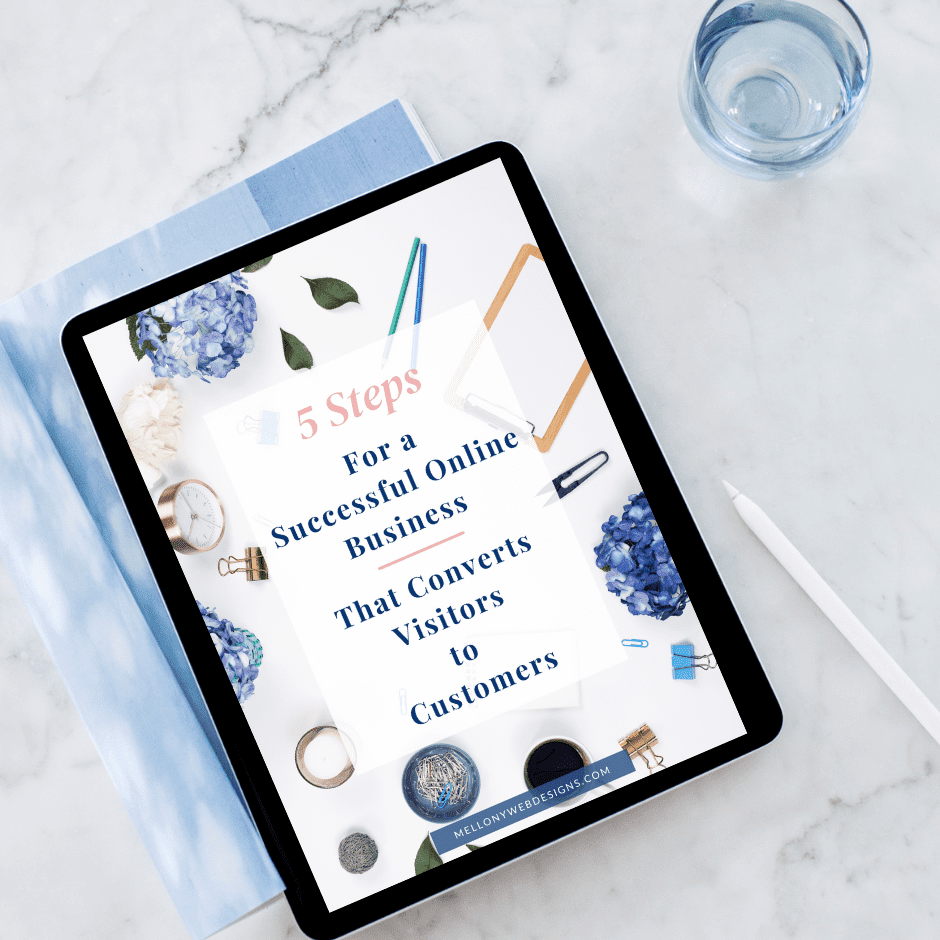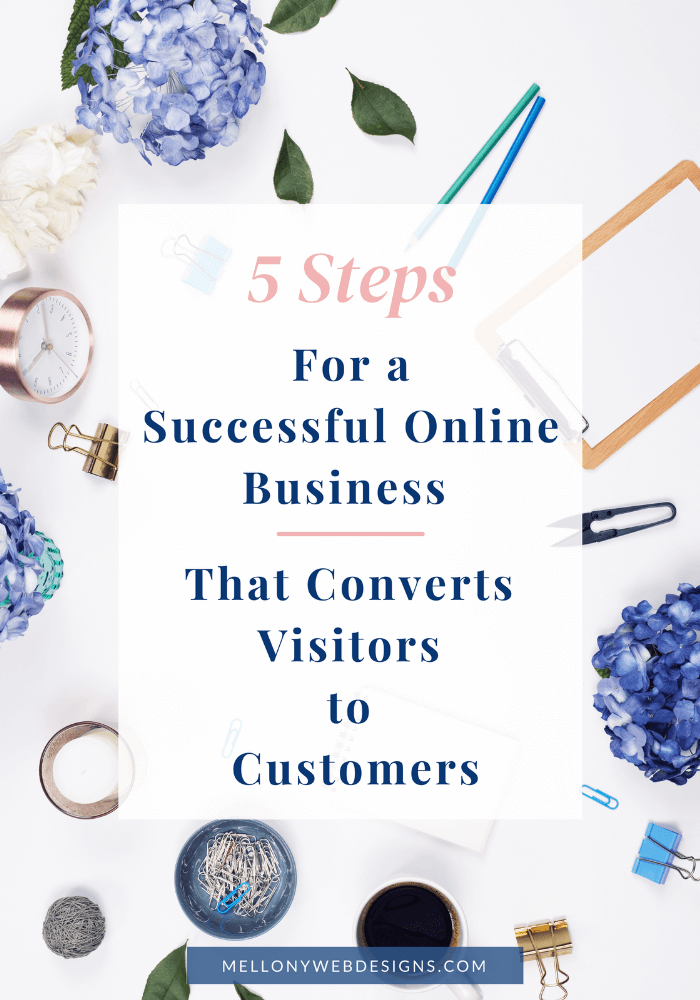A Beginners Guide to SEO Part 2
Following on from my previous post What is SEO and How it can Help Your Business, we will now discuss SEO optimisation. What it is, why it is important, what steps you can take to optimise your website and where to find more help.
There are two ways you can optimise your website: they are called On-Page Optimisation and Off-Page Optimisation.
On-Page Optimisation
On-page optimisation is the process of optimising your webpage content for search engines so Google can understand what keywords or phrases you are targeting, what products and services you are selling and where you are selling them.
Let’s take a look at some simple steps you can take to optimise your web page content.
Simple Steps For On-Page Optimisation
- Optimise your homepage. You do this by ensuring your targeted keyword or phrase you are using appears not only as a search result, but also in your page title, also known as the title tag, the page description, also known as the meta description, and URL of your webpage.
- Homepage Title Tag: You want to include your company name, then what you want your company to be known for using select keywords. Keep the title tag under 55 characters including spaces or it will be cut off.
- Meta Description: Include your brand name again at the start of the description, if possible, then list out what your company does, what are the outcomes or benefits the person will achieve if they click on the link, reuse keywords. Keep the description to 155 characters or less or it will appear cut off with three dots at the end. Take a look at the example below using the company HubSpot.
 To optimise your homepage like this, you will need to go into the backend of your website in whichever platform you use. If you are using WordPress you can use a really good plugin called Yoast SEO which will have a dedicated section just for the above.
To optimise your homepage like this, you will need to go into the backend of your website in whichever platform you use. If you are using WordPress you can use a really good plugin called Yoast SEO which will have a dedicated section just for the above.
- Make your website user friendly. This means not only optimizing it for search engines but also your visitor and user’s experience. This can involve a few factors such as the ones below:
- Ensure your website has a logical flow and is easy to navigate.
- How quickly does your website load? If your website takes a while to load your visitor will soon get fed up and move on. Google tracks these actions and in turn, will consider your website not user friendly and therefore not rank it high in SERP (Search Engine Results Page).
- One of the main culprits for a slow website is using large images and videos on your website. For images, optimal file size is no more than 1 MB. For smaller graphics try for 300 KB or less. If using WordPress a really good plugin to use is called Smush which will automatically reduce the size of your images.
- If using a video, try linking the website to a URL rather than embedding the video into your website. You may lose a bit of quality but the benefits are a faster site which is a factor for SEO ranking.
- One of the main culprits for a slow website is using large images and videos on your website. For images, optimal file size is no more than 1 MB. For smaller graphics try for 300 KB or less. If using WordPress a really good plugin to use is called Smush which will automatically reduce the size of your images.
- Make your website mobile-friendly so it looks good on a mobile, tablet and desktop. A good web designer will automatically do this for you but if you are going down the DIY route make sure you pay attention to this very important aspect.
- Remove any broken links on your website. Any errors on your website which result in broken links will negatively impact your website. This can get tricky to manage if you have a very large website so using tools like Google Search Console is a great way to find and correct any errors on your website.
- Make use of headings. When reading online content most people scan text. Using headings and subheadings will make it easier for people to scan your text making, improving the overall readability. You can also add your keywords or phrases into your subheadings to increase your ranking factor.
- Add alt attributes to your images. Alt attributes, commonly referred to as alt tags or alt text, are used by screen readers for those who are visually impaired. Google also places a high value on alt text. They use it to determine what is on the image but also how it relates to the surrounding text.
By implementing the above few factors to your website you will greatly improve your user’s experience. And as this is one of the known ranking factors you should see an increase in SERP and turn your conversions.
Off-Page Optimisation
Off-page optimisation also known as link building is the process of building authority with your content. You build authority by creating really good content that makes readers want to share and link your content to their blogs, social media, share it around the internet etc…
You also build authority by using good quality backlinks in your content. What is a backlink and why are they important?
Backlinks are simply links from one website to a page on another website.
Why are backlinks important? They are votes from other websites. When other people link your content on their site by adding a link to a page from your website this is telling search engines that this content is a helpful resource and is credible.
Google notices when helpful content is being linked to other resources. It then uses this factor to rank the content higher.
Also the above is used as a metric for authority as it helps Google to sift through all the content out there on the web. They do this by looking at the relevance of the content on your website like on-page optimisation but also by authority and that is by using backlinks.
So if you are producing good content that people want to share around the web, Google will take note of this, see your content as a helpful resource, determine that your content is of value and therefore rank you higher in a search result.
When you produce good content, people will want to share it around the web. Google will take note of this, see your content as a helpful resource, determine that your content is of value and therefore rank you higher in a search result.
If you would like more info on backlinks take a look at this helpful article here from a website called BackLinko. Brian Dean, the founder of BackLinko is an SEO expert and his website provides case studies and strategies on how to generate backlinks the right way. Another resource is Google Search Central which provides very thorough information for both a beginner SEO level and an advanced SEO level, the guide is called, SEO Starter Guide which you can take a look at here.
A word of caution when adding links, don’t go crazy and start adding tons of links to your content in the hopes of creating backlinks or trying to come off as a helpful resource. If your content contains too many links search engines will consider it spam and can penalise your website.
Where Can You Get More Help
As you can see there are many reasons and benefits to using smart SEO and how it can help your business make money. The above is in no way an exhaustive list as there are still many more little actions you can take to implement SEO into your website that will benefit your business. But the goal here was to give you a good understanding of what it is, why it is important and what you can do to implement it.
And if you are one of the many I come across with a business but no online presence or have a website you want to redesign, feel free to reach out to me, I would love to help you on your journey to building that dream business and life you always wanted.
A little helpful note:
If you’re not sure about some of the tech terms in this blog, I have a quick solution for you!
Check out my free pdf on Tech Terminology in my Free Resource Library. This document is constantly being updated with new terms and explanations and hopefully will be a valuable resource for you.







One Response
Nice post!